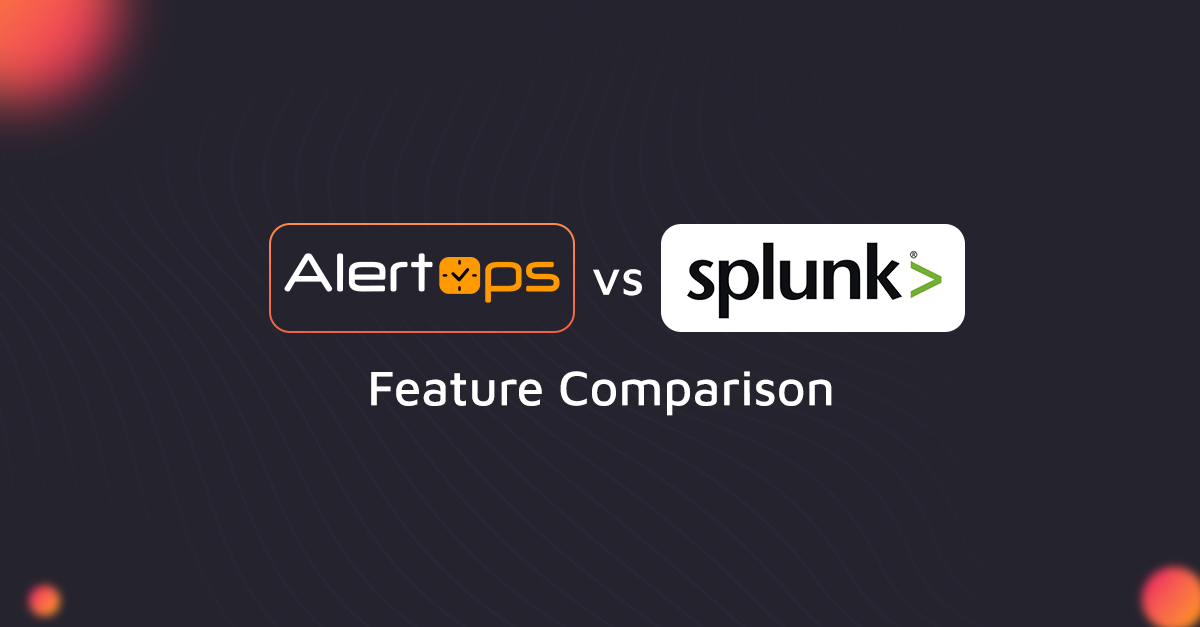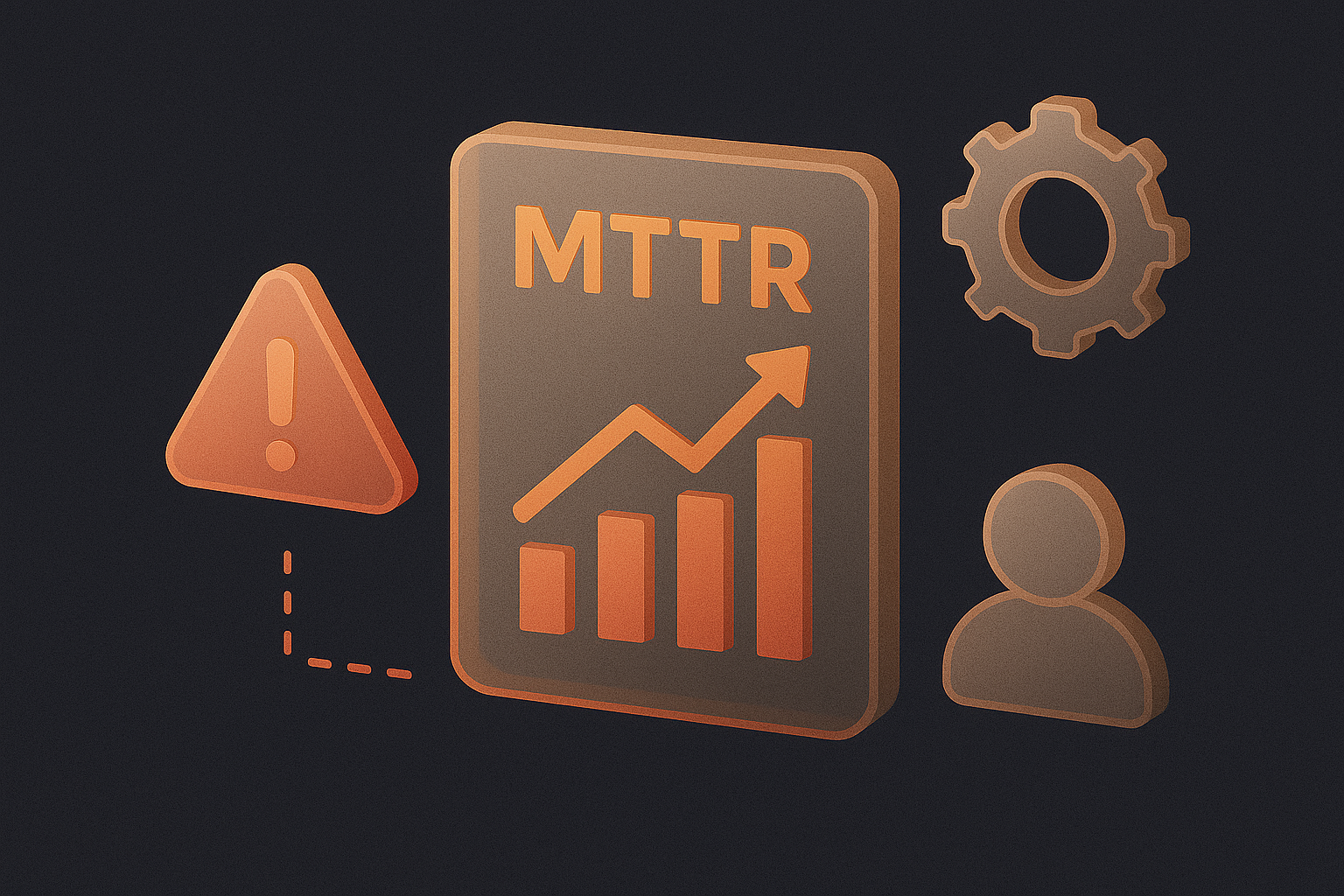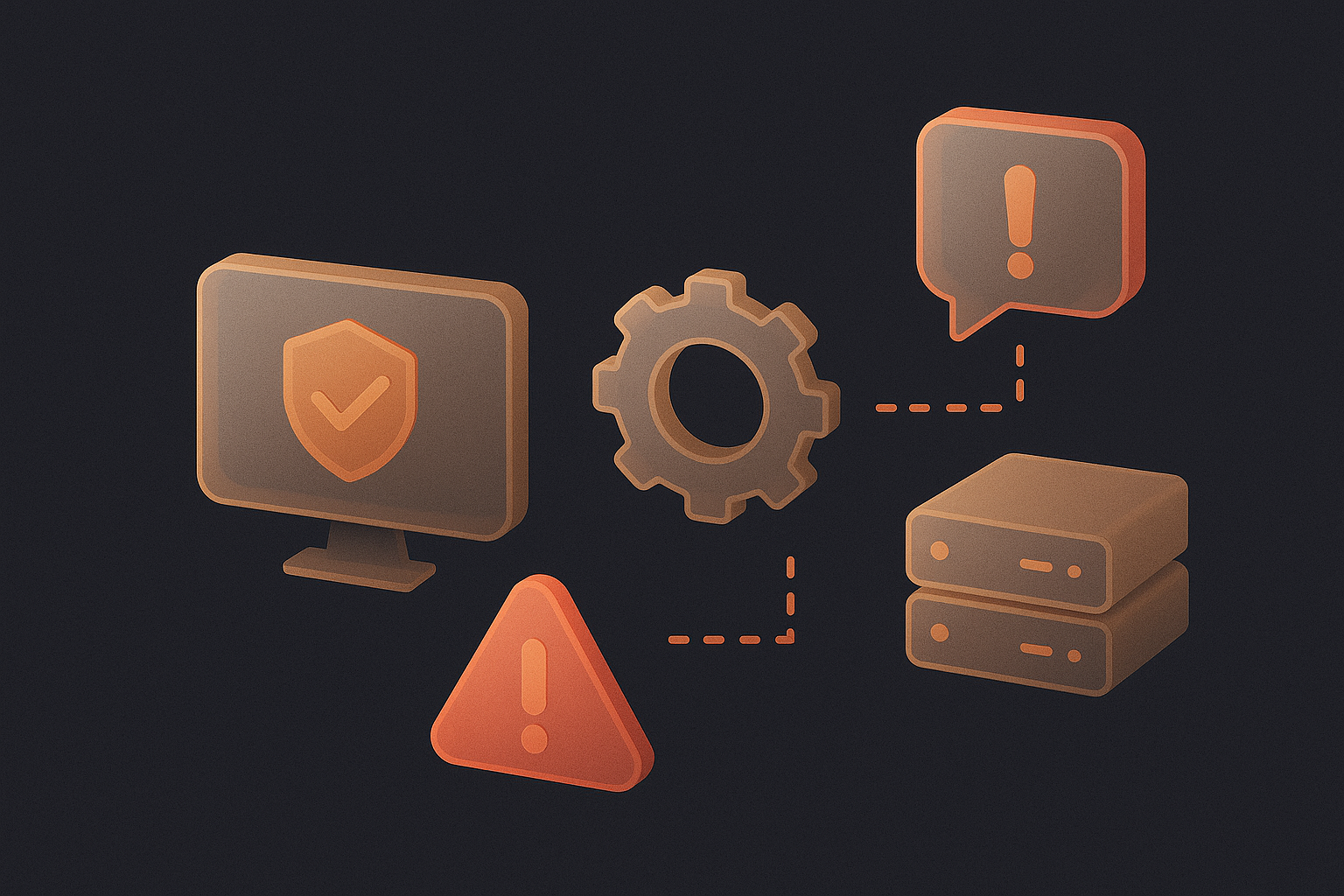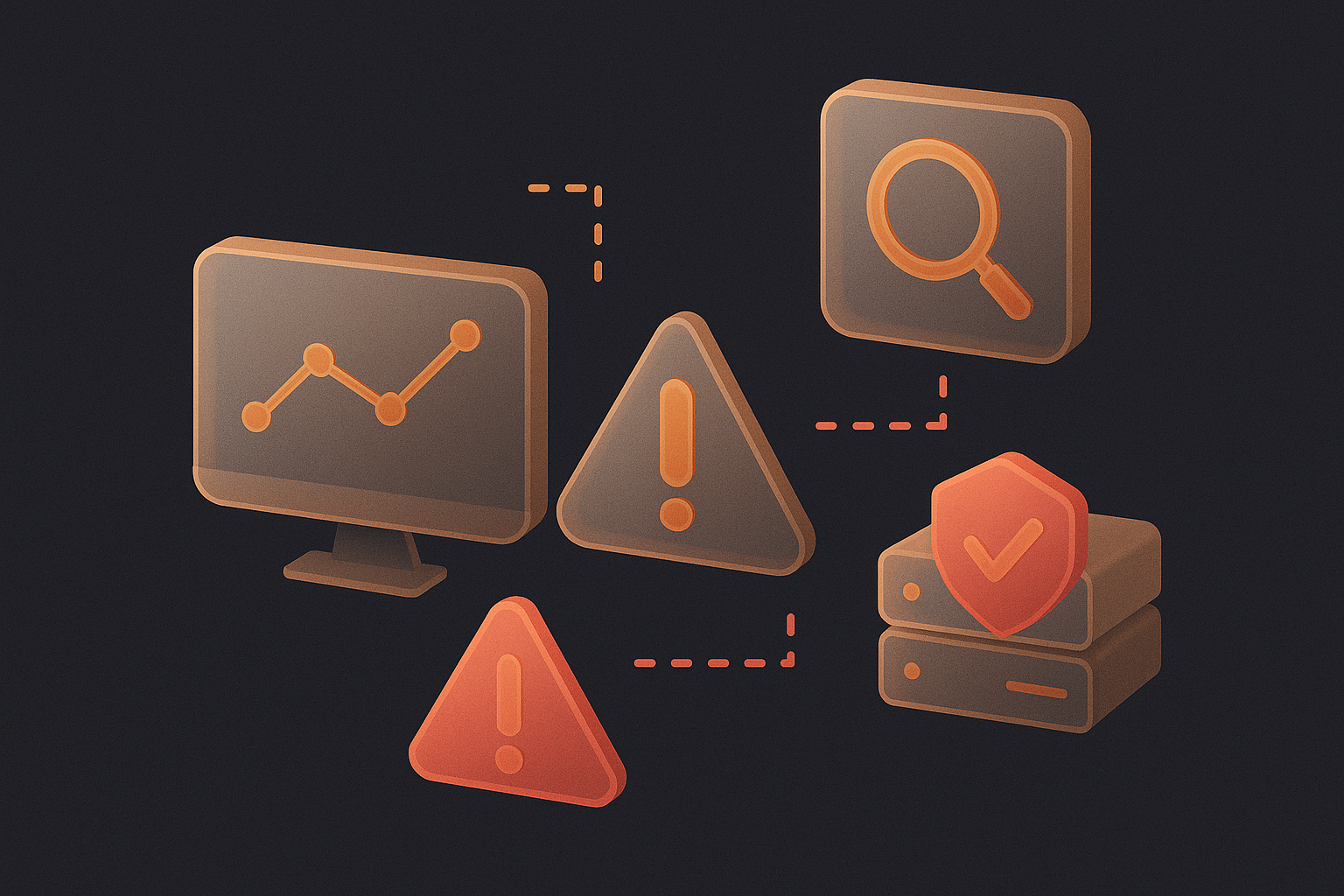Choosing the right incident management tools is a critical decision for IT and DevOps leaders. Both AlertOps and Splunk On-Call (formerly VictorOps) offer capabilities for managing alerts and coordinating response. But while they share similarities, the platforms diverge significantly in terms of intelligence, flexibility, and scalability.
This AlertOps vs Splunk comparison breaks down their key features to help decision-makers choose the right solution for their teams.
Core Focus
- Splunk On-Call: Built as part of the Splunk ecosystem, On-Call emphasizes integrations with Splunk’s monitoring and observability stack. It is best suited for teams that already rely heavily on Splunk for logging and infrastructure monitoring.
- AlertOps: Designed as a vendor-agnostic platform, AlertOps provides a smarter on-call alternative that integrates seamlessly with Cisco Meraki, AppDynamics, ThousandEyes, Splunk, and hundreds of other tools. It serves as an AI-powered incident management layer across diverse environments, not just Splunk-driven ones.
Alert Noise Management
- Splunk On-Call: Provides filtering and routing rules but often requires manual configuration to prevent duplicate alerts. Teams may still face noise challenges when scaling across multiple monitoring platforms.
- AlertOps: Uses smart correlation and alert deduplication to reduce noise by up to 70 percent. It automatically consolidates related alerts, helping teams stop alert fatigue before it starts.
Verdict: If your primary concern is alert noise reduction, AlertOps offers more automation and intelligence out of the box.
AI and Automation
- Splunk On-Call: Provides escalation workflows and scheduling but lacks deep AI-driven features for prioritization or analysis.
- AlertOps: Built around AI incident management, it prioritizes critical issues, suppresses low-value alerts, and generates insights such as historical alert analysis and AI-driven postmortems.
Verdict: For organizations exploring AI for alert reduction and intelligent incident response, AlertOps is the clear leader.
Escalation and On-Call Management
- Splunk On-Call: Offers robust on-call scheduling and escalation chains, but primarily through email, push notifications, and SMS.
- AlertOps: Goes further with multi-channel escalation including voice calls, Slack, Microsoft Teams, SMS, email, and push. Escalation paths are dynamic, ensuring incidents always reach the right responder.
Verdict: Both tools are strong here, but AlertOps’ broader channel coverage and dynamic workflows make it a better fit for distributed teams.
Reporting and Insights
- Splunk On-Call: Integrates with Splunk dashboards for analytics but focuses mainly on operational visibility rather than post-incident learning.
- AlertOps: Provides detailed reporting on incident response times, alert patterns, and resolution metrics. Its historical alert insights and automated postmortems help teams improve processes over time.
Verdict: For teams looking to continuously improve through data-driven insights, AlertOps delivers more actionable reporting.
Integration Ecosystem
- Splunk On-Call: Naturally integrates best with Splunk products. Third-party integrations are available but often require additional configuration.
- AlertOps: Offers hundreds of integrations across monitoring, ITSM, DevOps, and chat tools. It is purpose-built for organizations that need a central hub for alerts across multiple platforms.
Verdict: AlertOps wins on flexibility, especially for enterprises using a mix of Cisco, Splunk, and other platforms.
Cost and Scalability
- Splunk On-Call: Pricing can become expensive as teams scale, particularly when combined with broader Splunk licensing costs.
- AlertOps: Offers flexible pricing and is designed for cost efficiency at scale. For large enterprises, the ability to reduce noise and streamline workflows often translates into lower operational costs.
Conclusion
When evaluating AlertOps vs Splunk On-Call, the choice depends on your priorities. Splunk On-Call works best for teams already invested in the Splunk ecosystem that need basic on-call scheduling and escalation.
AlertOps, on the other hand, positions itself as a Splunk On-Call alternative that brings more intelligence, flexibility, and value. With features like AI-powered incident management, smart correlation, alert deduplication, and dynamic escalation paths, AlertOps goes beyond traditional routing to deliver smarter, faster, and more resilient operations.
For IT leaders seeking a platform that reduces alert fatigue, scales with enterprise complexity, and integrates seamlessly across Cisco and non-Cisco environments, AlertOps is the stronger long-term choice.



